New Delhi: The Union Finance Ministry has highlighted the impact of India’s semiconductor manufacturing programme and the Production-Linked Incentive (PLI) Scheme for electronics ahead of the Union Budget 2025-26, scheduled for 1 February. The initiatives aim to strengthen domestic manufacturing capabilities and boost employment in advanced technology sectors.
Semicon India Programme: Key Achievements
The Semicon India Programme, approved on December 15, 2021, focuses on building a semiconductor and display manufacturing ecosystem. Under the scheme, the government has cleared five semiconductor projects and supported 16 semiconductor design companies. These projects have attracted investments worth Rs 1.52 lakh crore.
The programme is expected to generate around 25,000 direct jobs in advanced technologies and an additional 60,000 indirect jobs. It offers financial incentives to companies involved in semiconductor packaging and design, aiming to position India as a global hub for semiconductor manufacturing.
PLI Scheme Driving Electronics Manufacturing
The broader electronics manufacturing sector has also benefited from the PLI Scheme. The scheme has led to the production of electronic goods worth Rs 6.14 lakh crore and exports valued at Rs 3.12 lakh crore. These developments have created over 1.28 lakh direct jobs, according to government data.
Policy Impact on Technology Ecosystem
The Ministry stated that technologies in Convergence, Communications, and Broadband Technologies (CC&BT) will play a crucial role in achieving India’s vision of becoming a developed economy. The initiatives under the semiconductor programme and the PLI Scheme are critical for integrating India into global supply chains and driving technological growth. With increasing investments and policy support, India is steadily building its position in the global electronics and semiconductor sectors.


















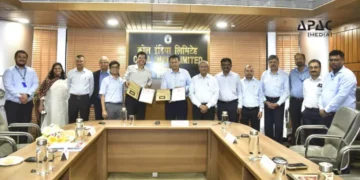
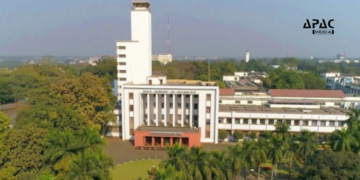

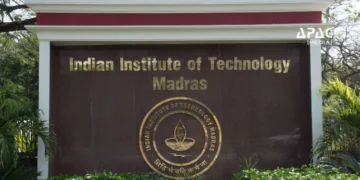

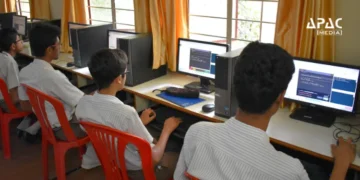

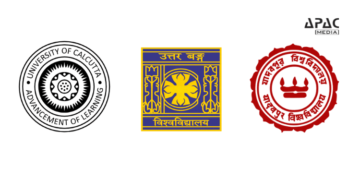






































Discussion about this post